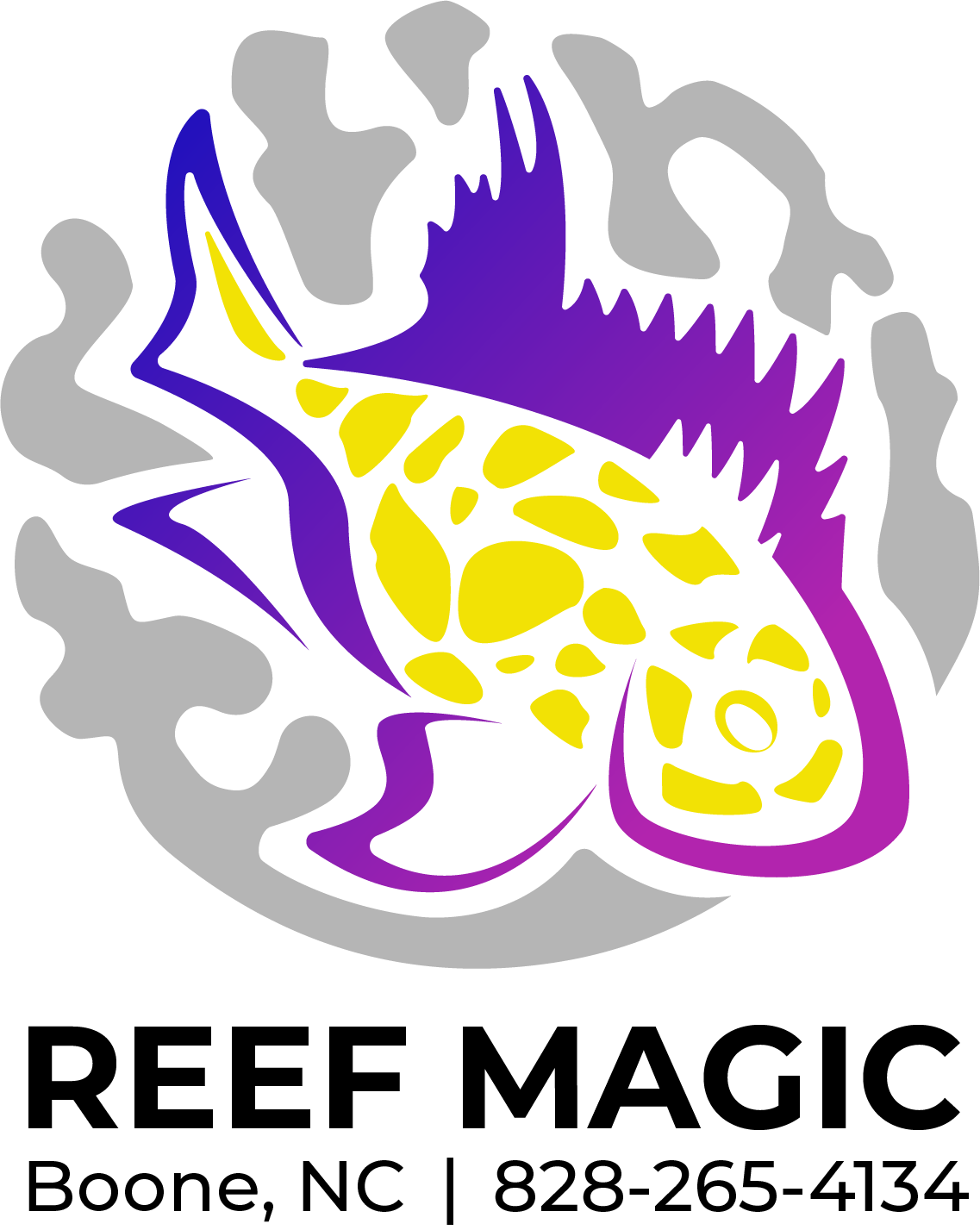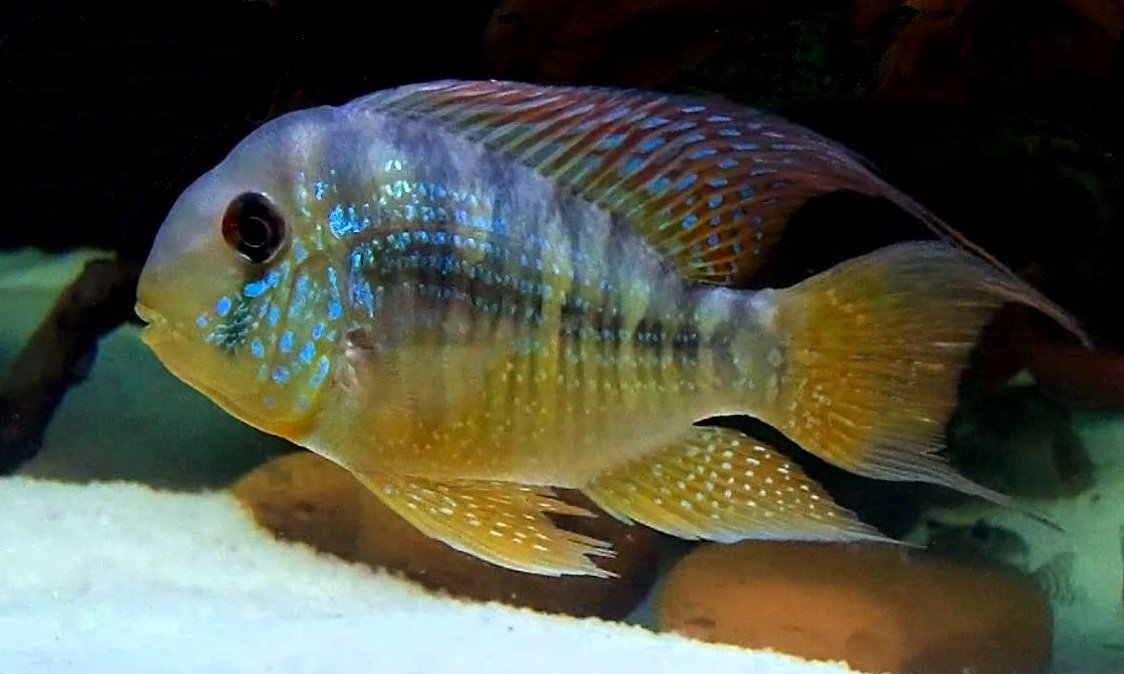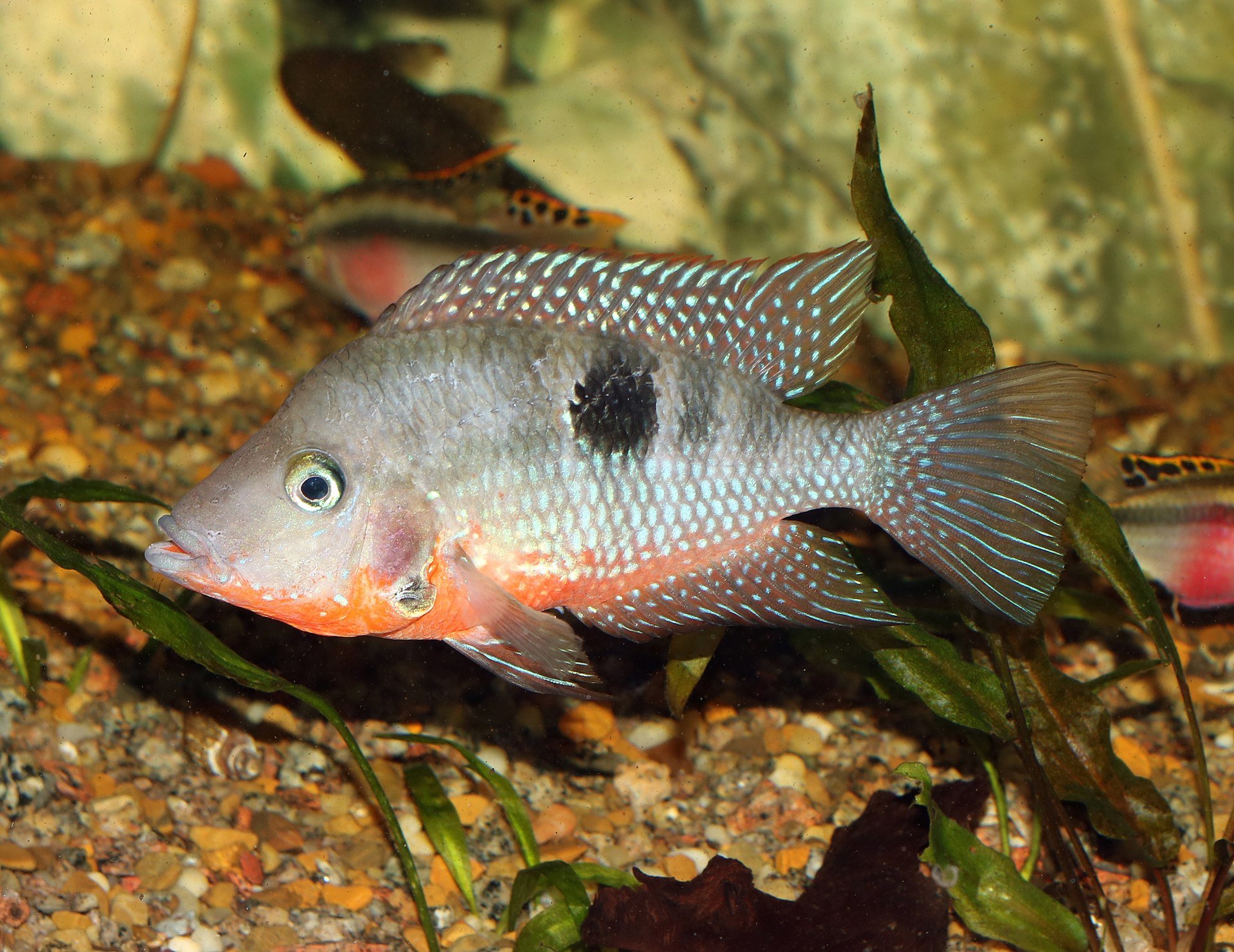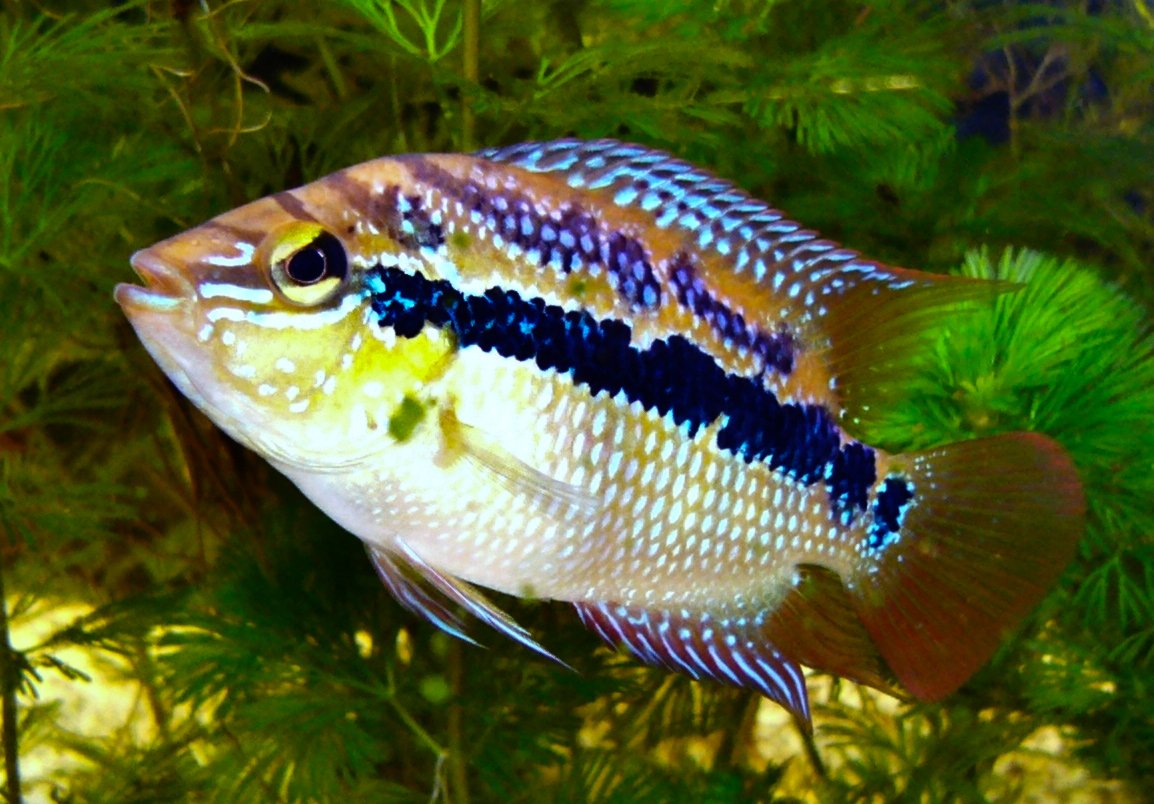 Image 1 of 1
Image 1 of 1


Apistogramma agassizi Double Red (Large)
The Apistogramma agassizii, commonly known as Agassiz's dwarf cichlid, is a popular aquarium fish species appreciated for its vibrant colors and interesting behavior. Here's a care guide to help you provide the best environment for your Apistogramma agassizii:
Tank Setup:
Tank Size:
A 20-gallon tank or larger is suitable for a pair or a small group of Apistogramma agassizii.
Substrate:
Use a soft substrate like sand to mimic their natural habitat.
Decor:
Provide plenty of hiding places using caves, driftwood, and plants. This will help reduce stress and create territories.
Plants:
Live plants, such as Amazon sword, Java fern, and floating plants, can provide additional cover and create a more natural environment.
Water Conditions:
Temperature:
Maintain a temperature between 75°F to 82°F (24°C to 28°C).
pH Level:
Keep the pH level between 6.0 and 7.5.
Water Hardness:
Aim for soft to moderately hard water with a dGH of 5-15.
Filtration:
Use a gentle filter to avoid strong currents, as these fish are typically found in slow-moving waters.
Diet:
Feeding:
Offer a varied diet including high-quality flakes, pellets, and live or frozen foods such as brine shrimp, bloodworms, and daphnia.
Frequency:
Feed them small amounts two to three times a day. Adjust the quantity to avoid overfeeding.
Behavior and Compatibility:
Tank Mates:
Apistogramma agassizii can be territorial, especially during breeding. Suitable tank mates include peaceful community fish such as tetras, rasboras, and small catfish.
Aggression:
Keep an eye on aggression levels, especially if you have multiple males. Provide enough hiding spots to reduce aggression.
Breeding:
Pairing:
Keep one male with one or more females. Provide flat stones or caves for potential breeding sites.
Water Conditions for Breeding:
Slightly warmer water (around 80°F or 27°C) often triggers breeding behavior.
Fry Care:
If breeding is successful, the parents will protect their fry. Consider providing extra hiding spots for the fry to avoid predation.
Health Considerations:
Quarantine:
Quarantine new fish before introducing them to the main tank to prevent the spread of diseases.
Water Changes:
Regular water changes are essential to maintain water quality and prevent diseases.
Observation:
Monitor your fish regularly for signs of illness, stress, or aggression.
By providing a well-maintained and suitable environment, you can ensure the health and well-being of your Apistogramma agassizii. Remember that individual fish may have unique preferences, so it's crucial to observe their behavior and make adjustments as needed.
The Apistogramma agassizii, commonly known as Agassiz's dwarf cichlid, is a popular aquarium fish species appreciated for its vibrant colors and interesting behavior. Here's a care guide to help you provide the best environment for your Apistogramma agassizii:
Tank Setup:
Tank Size:
A 20-gallon tank or larger is suitable for a pair or a small group of Apistogramma agassizii.
Substrate:
Use a soft substrate like sand to mimic their natural habitat.
Decor:
Provide plenty of hiding places using caves, driftwood, and plants. This will help reduce stress and create territories.
Plants:
Live plants, such as Amazon sword, Java fern, and floating plants, can provide additional cover and create a more natural environment.
Water Conditions:
Temperature:
Maintain a temperature between 75°F to 82°F (24°C to 28°C).
pH Level:
Keep the pH level between 6.0 and 7.5.
Water Hardness:
Aim for soft to moderately hard water with a dGH of 5-15.
Filtration:
Use a gentle filter to avoid strong currents, as these fish are typically found in slow-moving waters.
Diet:
Feeding:
Offer a varied diet including high-quality flakes, pellets, and live or frozen foods such as brine shrimp, bloodworms, and daphnia.
Frequency:
Feed them small amounts two to three times a day. Adjust the quantity to avoid overfeeding.
Behavior and Compatibility:
Tank Mates:
Apistogramma agassizii can be territorial, especially during breeding. Suitable tank mates include peaceful community fish such as tetras, rasboras, and small catfish.
Aggression:
Keep an eye on aggression levels, especially if you have multiple males. Provide enough hiding spots to reduce aggression.
Breeding:
Pairing:
Keep one male with one or more females. Provide flat stones or caves for potential breeding sites.
Water Conditions for Breeding:
Slightly warmer water (around 80°F or 27°C) often triggers breeding behavior.
Fry Care:
If breeding is successful, the parents will protect their fry. Consider providing extra hiding spots for the fry to avoid predation.
Health Considerations:
Quarantine:
Quarantine new fish before introducing them to the main tank to prevent the spread of diseases.
Water Changes:
Regular water changes are essential to maintain water quality and prevent diseases.
Observation:
Monitor your fish regularly for signs of illness, stress, or aggression.
By providing a well-maintained and suitable environment, you can ensure the health and well-being of your Apistogramma agassizii. Remember that individual fish may have unique preferences, so it's crucial to observe their behavior and make adjustments as needed.






